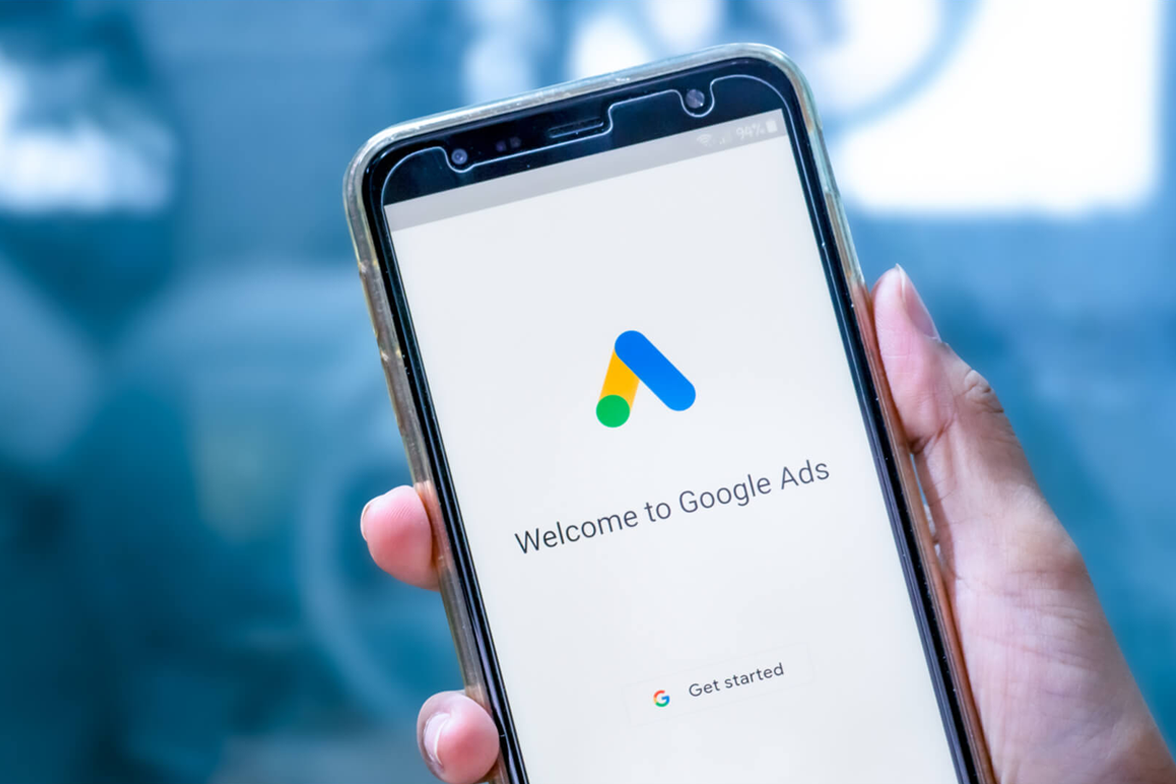When you’re newly advertising with google ads—whether you’re looking to launch your first campaign or are wondering why your first campaign or two isn’t producing results—it’s easy to form mistakes. Don’t worry, we’ve all been there. The good news is, after auditing thousands of Google Ads accounts over the past few years, I’ve found that the majority of Google Ads mistakes fall under a couple of simple categories. By making the proper tweaks to your marketing strategy, you’ll get things back on target and running smoothly. In this article, we’ll undergo each of those mistakes and what you would like to try to do differently to repair things and avoid these problems within the future. Sound sort of a plan? Let’s start.
1. Failing to make a Marketing Funnel
One of the foremost common problems that I see is that folks expect Google Ads clicks to right away become conversions. They assume that because Google Ads is user-initiated, anyone who clicks on their ads is prepared to shop for now. While Google Ads is certainly more intent-driven than Display Ads or Facebook Ads, people that look for something on Google then click on your ads are still on a journey. they could be closer to converting, but it’s foolish to assume that they’re able to buy immediately. With that in mind, your Google Ads marketing must be a part of a seamless series of steps that lead potential customers to create a sale.
For example, if someone is checking out moving truck prices, they could see a billboard like this: Clicking thereon ad brings up the subsequent landing page: This landing page is direct and to the purpose. If you happen to be trying to find an actual quote, this landing page is great, but what if you’re just trying to urge a general pity pricing and don’t want to place yourself on a sales person’s radar yet? If you’re within the latter category (and tons of individuals are), this landing page isn’t an honest fit for your needs. That being said, that doesn’t make this landing page wrong, but the advertiser must have an idea for the people that don’t fill out their form. For example, they could have a pop-up offering a moving costs guide to people that don’t fill out their form. That guide offers value that’s better matched to what these visitors want and may get people into a nurturing email drip designed to urge them to settle on the advertiser’s business when they’re ready for a moving quote. Lead magnets, pop-ups, remarketing campaigns…there is a spread of the way to handle people that click on your ads and don’t convert directly. Since most of the people won’t be able to commit today, it’s critical to think through your overall marketing funnel and find out the way to handle everyone who visits your landing pages—not just those who are able to buy.
2. Underestimating What it Takes to urge a purchase
One of the simplest mistakes to form with Google Ads is underestimating what it takes to urge a purchase . Sometimes, people simply don’t understand their sales process tolerably to understand what percentage of their leads will become paying customers. Other times, they need trouble estimating exactly what percentage clicks they’ll get to produce a sale. To figure out what proportion you would like to spend on Google Ads to urge meaningful results, you’ve got to start out by watching the lifetime value of your customers. If a replacement customer is merely worth $100 to your business and therefore the keyword you’re bidding on costs $10 per click, something must change. Another thing to stay in mind is attribution. Google Ads seems so linear that everybody expects their advertising to follow a search-click-convert model. However, as we mentioned in the last section, that always isn’t the case. This is where attribution modeling comes into play. By default, Google Ads uses a last-click attribution model to trace the results of your advertising. That’s great if your customers follow the linear model we just mentioned, but if they don’t, you’ll be seriously underestimating (or overestimating) the effectiveness of your campaigns. What if someone clicks on your ad, signs up for your eBook, clicks on a link to a blog post in an email drip then converts? Your ad won’t get any credit for bringing them into your funnel within the first place, so it’d appear to be the ad isn’t working. However, with a special attribution model, it might become clear that your ad is playing a crucial role in your funnel—even if that role isn’t as direct as you’d like. To try out a special attribution model, click on “Tools” within the Google Ads dashboard, then choose “Search Attribution.” Here, you’ll have a spread of various models to consider: Again, big picture thinking is vital, because many purchasers often got to interact with multiple touchpoints before they’ll be able to convert. Choose an attribution model that takes those different touchpoints under consideration, sort of a Linear or Time Decay model, which offers you a fuller picture.
3. Going Too Big, Too Soon
You have to spend money to form money, right? While this is often definitely true, if you aren’t smart about how you spend your money, you won’t make any. Often, new advertisers believe that the key to Google Ads’ success is spending tons of cash. So, they run plenty of ads without setting proper budget limits. Worse still, sometimes they launch campaigns then inspect for every week or two while they await the info to accumulate. Bad idea. While Google likes to present Google Ads as an easy, straightforward advertising option, actually, they are often very unpredictable. you ought to run a careful analysis of each new campaign before launch, determine what you’re willing to spend to check out that campaign then keep an in-depth eye on things throughout the primary few days after launch. When it involves Google Ads, nobody bat thousand. But, if you’re thinking about your goals for a replacement campaign and watch your progress closely, you’ll often catch problems before they cost you success. I can’t tell you ways repeatedly I’ve been told, “Google Ads doesn’t work for my business,” only to eventually determine that it had been really a poorly designed and executed strategy that didn’t work for his or her business. Personally, I’m an advocate for pushing your ad campaigns hard initially to ascertain what works and what doesn’t. But, that has got to be tempered by smart planning, a solid knowledge of what you’ll and can’t afford…and watching your campaigns sort of a hawk to make sure that things are understanding properly.
4. Bidding On Too Many Keywords
When it involves paid search advertising, many advertisers fall under the emotional trap of bidding on any keyword that seems even remotely associated with their business. After all, you don’t want to miss out on a purchase simply because you didn’t bid on a random, yet relevant keyword, right? Unfortunately, this strategy is far more likely to waste money than to form it. In my experience, the tighter your keyword lists are, the more profitable your campaigns are going to be. Generally speaking, most Google Ads clicks, conversions and sales come from just a couple of keywords. We’ve even had clients that spend (and make) tens of thousands of dollars a month on but 20 keywords! Often, once I work with clients with long keyword lists, I ask them what their best keywords are. Almost inevitably, they will quickly name their most profitable keywords off the highest of their heads without even looking in their account. Why? Because your best keywords are usually your most blatant keywords. Overthinking your keyword lists may be a good way to waste money—especially when you’re just getting started with Google Ads. Instead, it’s best to start out together with your top keywords then test adding additional keywords over time. That way, you retain your budget focused on the keywords that are presumably to supply results while carefully evaluating other potential keywords that you simply can increase your top-performer list.
Conclusion
Google Ads is one of the foremost powerful and effective ways to plug your business, but if you aren’t careful, you’ll easily burn tons of cash on a couple of common (and easily avoided) mistakes. Fortunately, by following the recommendation during this article, you’ll save yourself from all that frustration and begin your campaigns off on the proper foot!





